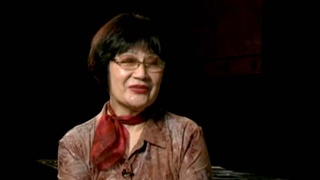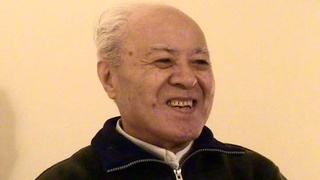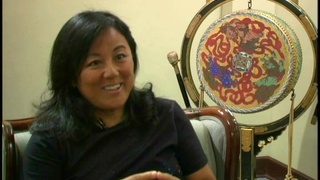Interviews
Attitudes toward Hikiagesha
1954 when we applied for US citizenship, that we found out – we found out that we qualified for immigration or permanent residency here, in the United States, so our parents wished to come here. At that time, the returnees were not welcome, and there were a lot of negative attitude toward the returnees. They call it “hikiagesha,” and parents had a good life, and that was the first time that they were able to make decisions on their own, without older brother or head of the family to tell them what to do.
Date: July 12, 2017
Location: California, US
Interviewer: Mitsue Watanabe, Yoko Nishimura, Leighton Okada
Contributed by: Watase Media Arts Center, Japanese American National Museum
Explore More Videos

Her early life in Canada
(b.1912) Japanese Canadian Issei. Immigrated with husband to Canada in 1931

Coming to America
(b.1943) Shin-issei grand master of taiko; founded San Francisco Taiko Dojo in 1968.

The reason for coming to Japan
(b. 1967) Hawai`i-born professional fighter in Japan

Treatment of Japanese Paraguayans during World War II (Spanish)
Nisei Paraguayan, Researcher

Yobiyose system in Canada
(b. 1922) Canadian Nisei who was unable to return to Canada from Japan until 1952

Reason to come back to Canada in 1954
(b. 1922) Canadian Nisei who was unable to return to Canada from Japan until 1952

Impressions from interviews with Issei women (Japanese)
Tsuda College President, researcher of Nikkei history

The various realities of Nikkei in Latin America (Spanish)
(b. 1950) Nisei Chilean, Businessman

Tango makes him to stay in Argentina (Spanish)
(1925-2014) La Plata Hochi, Journalist


Initial struggles with the language barrier (Japanese)
(b. 1917) Okinawan, Issei Argentinean

Decision to settle in Argentina after WWII (Spanish)
(b. 1929) Nisei Argentinean


The myth of the sacrifice of immigrants (Spanish)
(b. 1962) Peruvian Poet, Okinawan descendant

